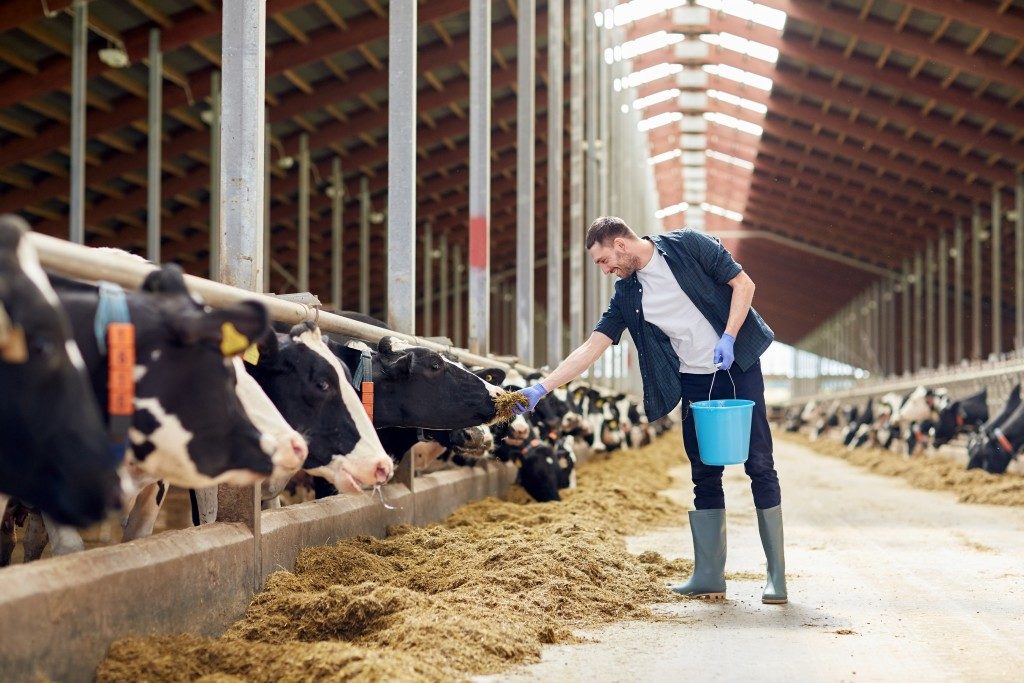When it comes to handling livestock, especially cattle, consumers are now more vigilant in making sure that whatever lands on their tables has gone through handling procedures that are considered humane.
Cattle yards have since improved their methods to safeguard animal welfare from infancy to maturity. There are even certifying bodies now that conduct audits of livestock facilities periodically to check if proper procedures are being carried out by handlers and manufacturers.
If you are considering getting into the cattle handling business, you should first understand how they behave. Forcing them to go against their nature is the first sign of improper treatment, and you will want as much as possible to work with cattle in a positive manner without adding fear, hostility, and aggressiveness to the process.
How do you best move cattle successfully without violating anything? You might want to consider these tips:
1. Give them lots of space to move
Space triggers animals to get moving, so if you keep them in a cramped space, you can expect either aggressive behavior or zero compliance. It will also be easier to direct a herd of five compared to a herd of 20. More importantly, tight spaces are against a cow’s natural instinct to graze and walk around, which eventually leads to poor health.
2. Work from the front and apply some pressure on the sides

By guiding the herd from the front, the cattle will have less motivation to turn around just because they want to keep you in their line of sight. Do this by moving in and out of their point of balance, so that they become naturally drawn to you, and then you can get them to go where you need them to.
A popular method called low-stress livestock handling emphasizes knowing where and when to apply pressure on the herd, typically from the sides, just to keep them in line and moving forward. Only apply pressure on the back when needed. Remember that the back is out of their line of sight, so if you make any noise from that position, the cattle could turn around and break formation to see you.
3. Start from their point of comfort to keep them straight
If the cattle are not comfortable going past you, you can expect tension to ensue. They are also very sensitive to smell and sound. Be sure that your veterinarian or similar staff member is out of the picture during the movement process.
4. Pay attention to their flight zones
When you act like a predator, then the cattle will naturally respond with anti-predator movements. Notice how they react to your directions. Tails swishing can indicate that they are feeling tense, so it’s best to take a step back and keep your distance for a while, and then advance again.
5. Train your cattle to be handled
Cattle wisdom states that the best way to work with these animals is to do so gradually. Hurrying them to follow your directions can result in a negative reaction and, possibly, hostility.
Animals work best only when they are ready, so you must be prepared to do some conditioning and prepping exercises and activities before you finally get your herd to follow you. New cattle yard owners make the mistake of pressuring their livestock too hard because they’re in a hurry to get things done. By taking advantage of cattle’s natural tendencies, you can prevent as many mishaps and wasted time and resources as possible.





